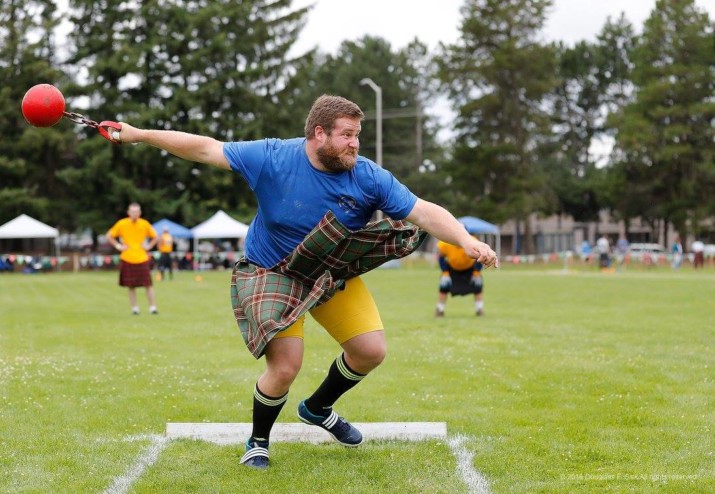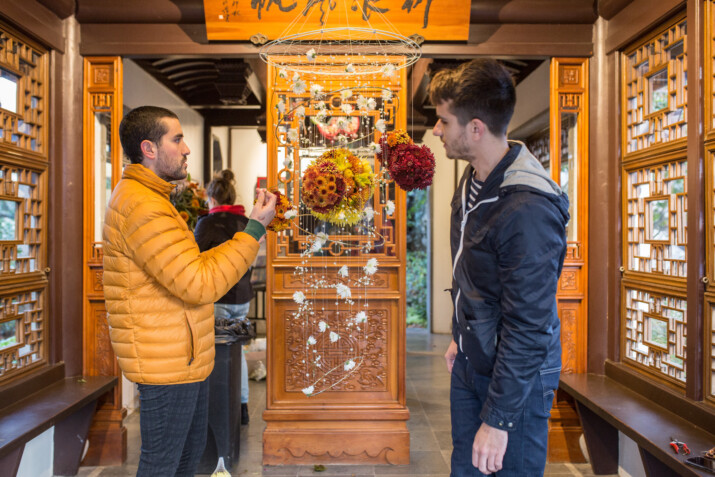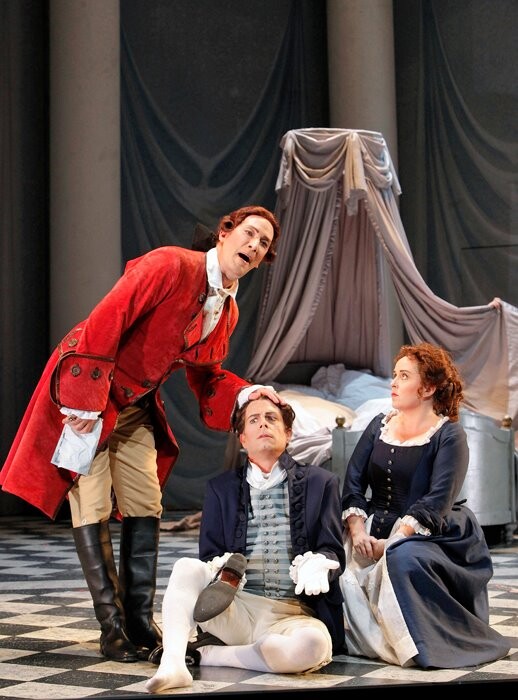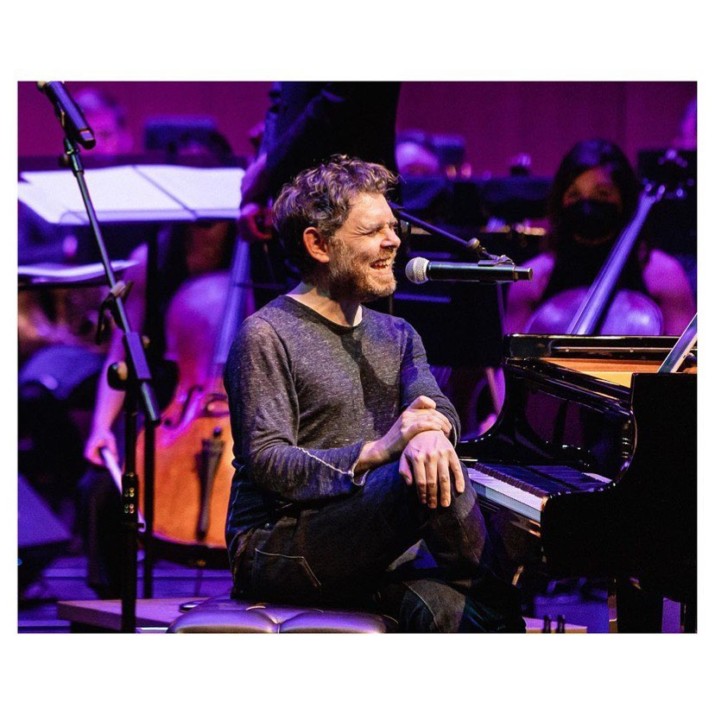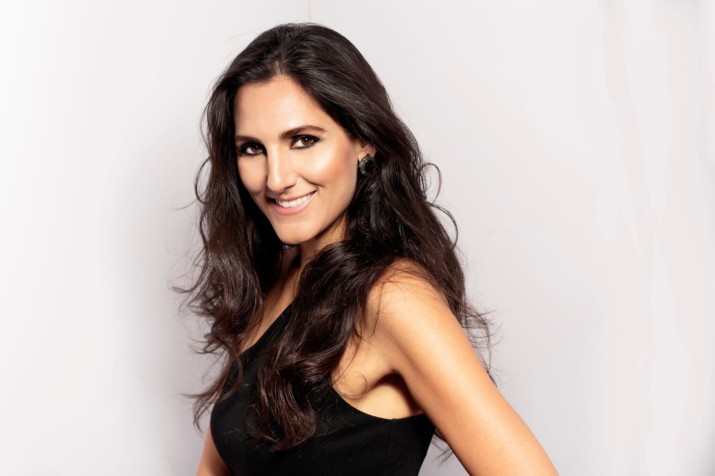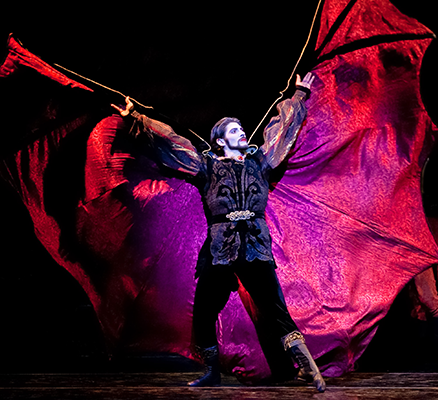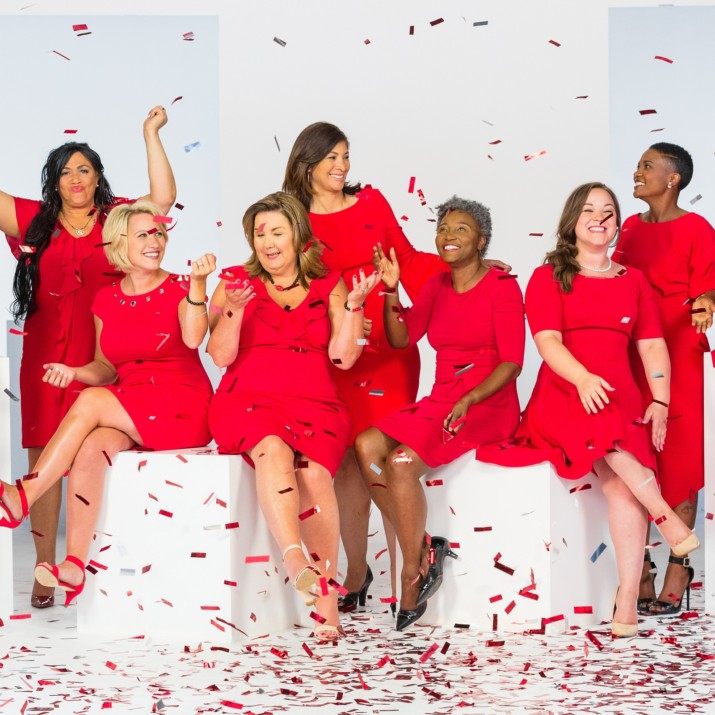Gresham, OR. Super strong men and women were out in force at the Portland Highland Games. Spencer Tyler set a new world record on July 16th by throwing a 56 lb weight for distance of 50′ 1/2. The purpose of the nonprofit games is to foster & preserve traditional Scottish culture and the “Scottish Heavy Events” draw athletes from across the country.
Here’s a video of the record breaking throw:

Damien Fisher competed in the caber toss. It is considered the most impressive of the Heavy Events. The Caber is generally a spruce log measuring about 20 feet and weighing approximately 120 lbs.

Andy Vincent brings his intensity to the Braemar Stone Throw. He’s one of the Portland competitors who throw the 18-pound stone with a natural “thumb hole” depression. A thrower nests the stone in the crook of his neck with arm cocked behind the ear. With toe against the line, he gets a rocking motion going, pulls back and releases the stone.

Felicia Baker was on target at the games with the The Scottish Hammer. The hammer is actually a 16-pound steel ball bearing that is bored out, with a cane handle fitted into it. The athlete swings the hammer in a circle overhead several times before releasing it from a twisted position. Because the athlete is throwing the hammer opposite the direction he is facing, spectators are encouraged to stay behind the safety screens.

Serious contenders in blue include: Caitrin Hortsch, Spencer Tyler, Andy Vincent, Damien Fisher, Nathan Burchett, Chuck Kasson and D Jones Tennison.
The Portland Highland Games Association was established in 1960 to help keep the Highland Games alive in Portland. The first Oregon Scottish Games was held in 1952, sponsored by Sir James McDonald, British Consul. Due to the first Games’ popularity, it was repeated the following year.
The Games’ first membership chairman and program which listed sponsoring members’ names came in 1970. This reflected both the stability and growth of the organization. The 70’s also brought the establishment of the current traditions to recognize extensive past meritorious service on the part of volunteers. In 1972 Annie Munro was chosen as the Games’ first official Guest of the Day, followed the next year by Duncan MacKenzie.
Under the leadership of Association President Robert A. Johnson, Sir James McDonald was chosen as the Games’ first official Chieftain of the Day. This Tradition established in 1976 continues today.
In 1978 fresh ideas were explored, and these focused on enhancing spectator interest. This was the first Games in which a clan tent made its appearance. Col. John McNeil introduced a Clan McNeil tent, and a Clan Donald tent was also set up.
The Portland Games hosted the U.S. Inter-regional (Highland) Dancing Championships in 1982, 1987, and for a third time in 1999. These were held on the Sunday following the Games. In 1988, the Games moved to its present site at Mt. Hood Community College in Gresham, OR.
Our goal will always be to bring Portland the finest Scottish Highland Games possible. Loosely based upon the founding statement of the St. Andrew’s Society, a similar goal of our Games could well be stated: “to preserve the memories of our Scottish inheritance while serving our American community.”
– See more at: http://www.phga.org/history/#sthash.XRBZ7rCt.dpuf
The Portland Highland Games has a variety of competitive events. We are proud to have world-class athletes and musicians come to the Games every year.
Here is some historical and general information about some of the competitive events:
- Fiddling
- Heavy Athletics
- Highland Dance
- Highland Drumming
- Highland Piping
- Kilted Mile
- Piobaireachd
- Pipe Bands
- Regimental Drum Major
– See more at: http://www.phga.org/competitive-events/#sthash.rbT4Ucde.dpuf


